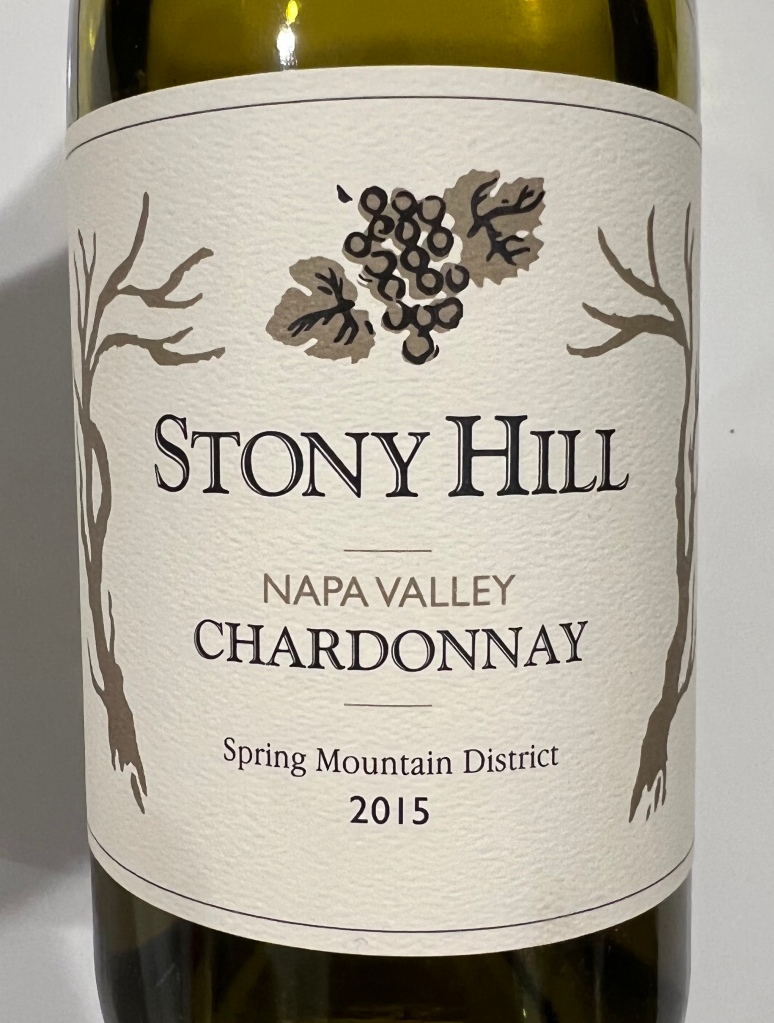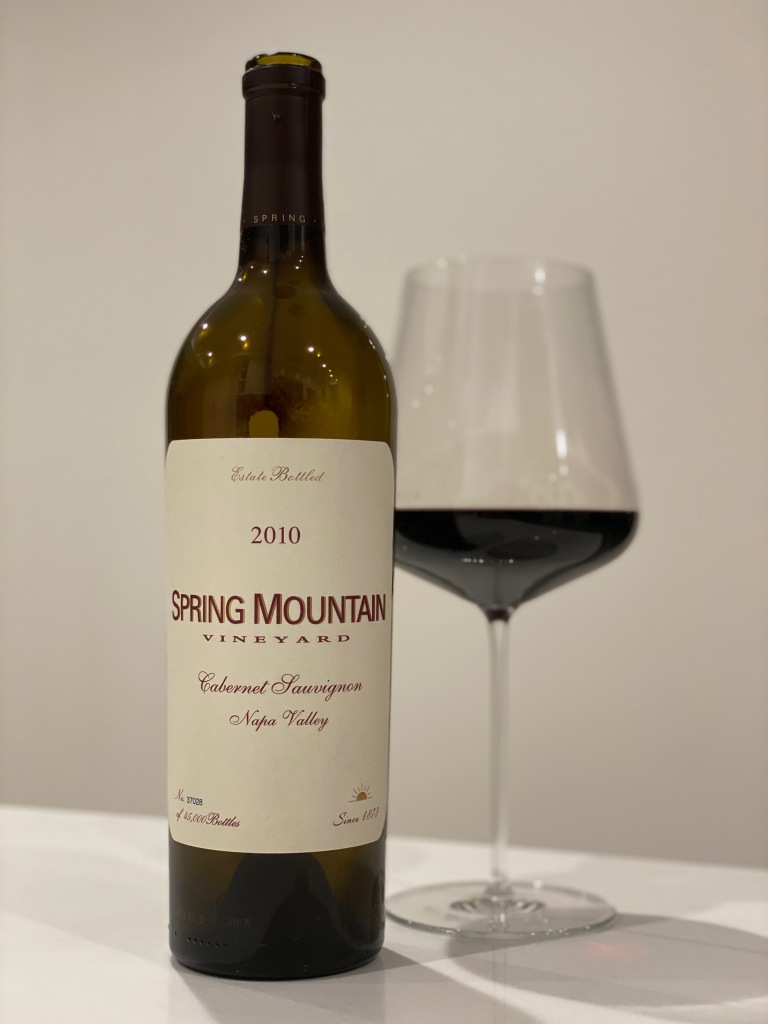
Today’s Story: Stony Hill Vineyard
Stony Hill Vineyard is a highly regarded winery located on Spring Mountain in the Napa Valley, and contrary to many properties in Napa they are known for their white wines. The history of Stony Hill begins in 1943 when Fred and Eleanor McCrea purchased 168 acres of land tucked into the slopes of Spring Mountain. The McCrea’s loved French white wines, particularly white Burgundy, so they established their winery in 1951 and released their first wines in 1952 with a focus on Chardonnay. As time went on, Fred and Eleanor planted additional white varieties of Pinot Blanc, Johannisberg Riesling, Gewürztraminer, and Semillon. Until 2009 the estate was fully dedicated to white wines and they released their first estate red wine with Cabernet Sauvignon and Merlot, a sign that Cabernet truly is king in the Napa Valley.
With Fred’s passing in 1977, Mike Chelini who had been assistant winemaker since 1972 took over the reins as head winemaker of Stony Hill. Mike was a dedicated winemaker here for four decades, continuing the philosophy and practices he learned from Fred while maintaining Stony Hill as a premium Napa producer who sold mainly to select clients. The property was purchased by the Lawrence Family (who also own Brendel Wines, Burgess Cellars, Heitz Cellar, and various vineyards) in 2020 and they brought along a new winemaker named Jaimee Motley. Jaimee seeks to maintain the history and winemaking style present at Stony Hill since its founding, though certainly with a new emphasis on the red wine portfolio.
The Stony Hill vineyards are set on steep terraces in the Spring Mountain AVA, and they total about 30 acres. Ranging in elevation of 800 and 1,550 feet, the vineyards receive a plethora of moderating influences and sit on a bed of volcanic mountain soils with limestone underneath. Stony Hill has been certified organic since 2019, and they have plans over the years to come to include more regenerative farming techniques like the inclusion of livestock. The property also has about 15 acres of fallow land, which will someday see more plantings of Merlot and Syrah with new plantings of Cabernet Franc, Malbec, Gamay, Petit Verdot, and Chenin Blanc.
A quick note on Stony Hill’s Chardonnay… The Chardonnay here is produced today the same way it was in 1952, with an emphasis on blocking malolactic fermentation and aging exclusively in neutral oak which is often ten years old. This produces a very linear and mineral-driven Chardonnay with good acid that bodes well for long aging in the cellar.

Today’s Wine: 2015 Chardonnay
100% Chardonnay; 13% ABV
The 2015 Chardonnay is medium gold in color and transparent in the glass. After about 30 minutes in the glass, this blossoms with aromas of medium (+) intensity and a nose of crisp yellow apple, lemon zest, white peach, stone fruit, white lily, flint, saline, and brioche. The flavors on the palate are also of medium (+) intensity, showcasing notes of lime zest, white peach, apricot, honey, white florals, lemongrass, stony mineral, and hazelnut. This dry white is medium- to full-bodied with medium (+) acidity, medium alcohol, and a medium (+) length finish. Very good quality and in a pretty nice spot right now.
Price: $77. From a pure “value” perspective, these are becoming quite stretched as prices rose over the years. While there’s no denying this is a great Chardonnay with good balance, intensity, and complexity, you can find similar quality for $50 or sometimes less.
If this wine seems like something you might enjoy, you may find this link helpful in locating it. Unfortunately purchasing options are limited and the best bet may be ordering directly from the winery.

